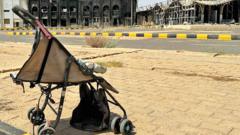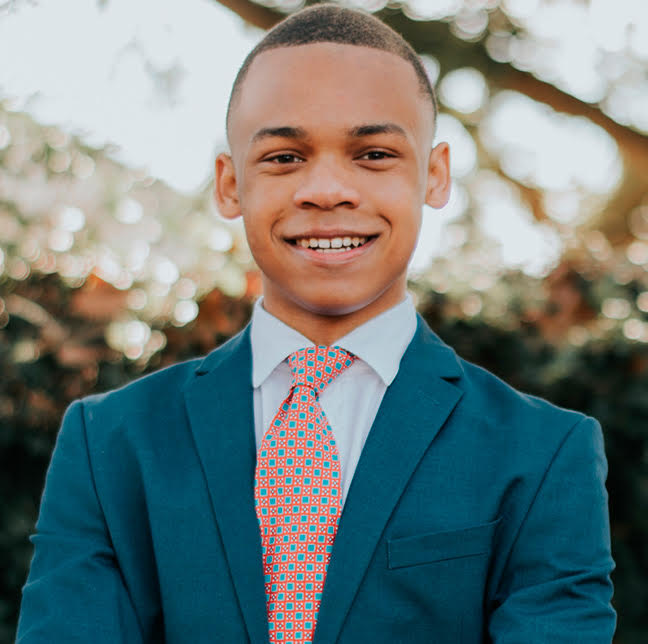The heart of Khartoum sits in haunting silence, echoing the aftermath of violent clashes that marked weeks of urban warfare in Sudan's capital. This city, long a symbol of commercial and political vitality, is now tainted by destruction following the army's reclaiming of territory from the paramilitary Rapid Support Forces (RSF), a decisive move in a conflict that has claimed over 150,000 lives. As jubilant celebrations for the Eid holiday take to the streets, questions loom over the future direction of this tumultuous conflict.
Venturing first to the presidential palace, once a stronghold for RSF combatants, the desolate remnants tell a stark story. Inside, debris clutters the floors, remnants of a grandeur now overshadowed by devastation. Dust-covered furnishings and lingering artworks stand testament to the violence endured here, with the RSF having stripped the place to its carcass, even robbing it of electrical wires.
Outside, soldiers eagerly celebrated the capture of the palace, savoring their perceived triumph over the RSF. Local restaurants brought forth lavish Eid feasts for the soldiers, hailed as heroes by the beleaguered residents. Yet, the cost of this victory is staggering; the sight of obliterated government buildings and charred airport tarmacs paints a dire picture of destruction in central Khartoum.
As we navigated the ravaged streets filled with unexploded ordnance, the harsh realities of this transformed landscape came into sharp focus. Human remains were tragically visible on the roads, stark evidence of the war's brutality. A stop at St. Matthew’s Cathedral offered a moment of solace where, despite the chaos surrounding it, the place of worship remained mostly intact, albeit desecrated.
Outside the diplomatic zones, an RSF slogan tarnished the British embassy's entrance, surfacing the vast implications of the governing struggle. This civil war, Sudan's third in the last seventy years, lays bare the cracks within society, with fears of further division creeping in.
Despite the chaos, scattered Eid celebrations signifying a tentative return to normalcy permeate through Khartoum. For some, like activist Duaa Tariq, this marks the first Eid in two years allowed by the ebbing of violence. She describes a blend of emotions, buoyed by the fleeting sense of freedom and escape from fear.
Yet, this freedom is overshadowed by anguish and loss, as many like Najwa Ibrahim speak of the need for mental health support for children traumatized by conflict. Amid mixed feelings of jubilation and sorrow, residents like Kasim Agra cling to hope for a future where Khartoum can rebuild. With aspirations for international investment, many wonder how the city can reclaim its former vibrancy.
The path forward is fraught with uncertainty. Tariq's concerns over the potential loss of civil rights echo through the fragmented community. As the nation transitions from turmoil, the spirit of resilience shines through even as citizens pray for those still entangled in hardship, particularly in regions like Darfur.
The journey of recovery is only just beginning for Khartoum, a city caught between the edges of fear and hope, struggling to envision a brighter tomorrow amidst profound scarring.


















